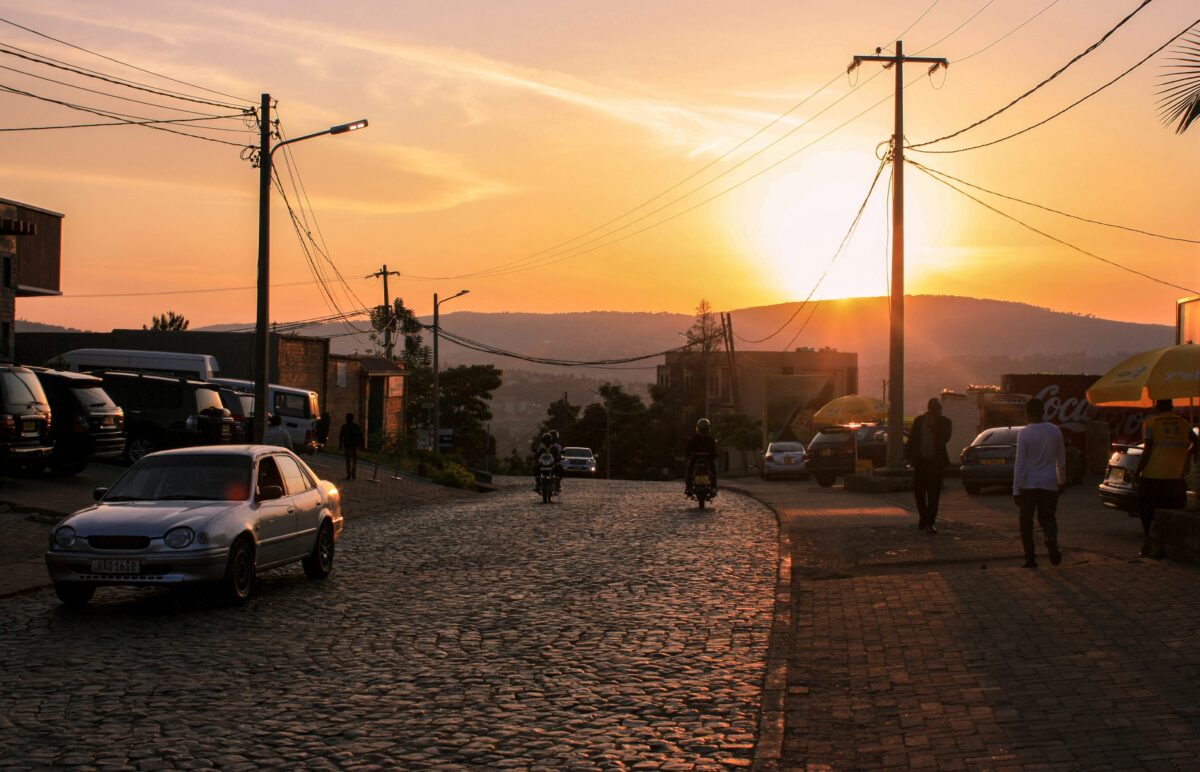Rwanda is rich in renewable energy resources, but the cost of capital and the low price of electricity from the grid are slowing down development. Installations are nonetheless picking up speed due to several factors, including rising energy prices and growing interest in collaborative opportunities among companies and the public sector. Diplomatic bodies, local authorities, and the private sector are investing, often in collaboration.
“As energy prices rise and the supply of predominantly fossil-fuel-based energy sources becomes less reliable, the attractiveness of alternative, efficient, and climate-friendly forms of energy supply increases,” Gilbert Ntabakirabose, Kigali-based country representative for Deutsche Gesellschaft für Internationale Zusammenarbeit (GIZ), told pv magazine.
GIZ is working on a project to create implementable renewable-energy installations and energy-efficiency projects. Its approach involves identifying local companies, assessing their energy needs, and presenting business cases to potential German suppliers.
As part of the German Energy Solutions Initiative under the German Federal Ministry of Economics and Climate Action (BMWK), the Project Development Programme (PDP) focuses on countries across sub-Saharan Africa, South Asia, Southeast Asia, and the Middle East. The PDP has pursued 52 business leads since Rwanda became a target market in 2021.
“Currently, the PDP pipeline comprises 31 active business opportunities from enterprises in the commerce and industry sectors. PDP's engagements are primarily with businesses involved in agricultural product processing and packaging, tourism, hospitality, and health care,” said GIZ.
In the pre-development phase, these potential collaborations should have a combined output of approximately 12.5 MW. The PDP team in Rwanda has pre-developed a PV rooftop system for King Faisal Hospital in Kigali, with a planned combined output of 432 kW. However, due to limitations on capacity, only 50 kW was installed.
The European Union and Rwanda recently signed an agreement on sustainable and resilient value chains for critical raw materials.
Room for investment
The potential is far from negligible, and it is reasonable to think that, sooner or later, investors will step in even more.
“Solar irradiation is high – between 4 kWh/m2/day to 6 kWh/m2/day – but diffusion is hampered by the high initial cost and limitations on high load usage,” said Chacha Machera, sales manager and administrative support for Africa at Amerisolar USA.
The grid also has to adapt. Rwanda is one of the countries best suited for investment, given its growth rate of 8.2% – the second-highest pace in the East African Community, after the Democratic Republic of Congo, where growth largely depends on the mining sector, despite its volatility.
Popular content
South Sudan is the one country whose gross domestic product deteriorated at the fastest pace, ar 10.8%, with the potential for spillover effects. According to the World Bank's data for 2022, Burundi grew by 1.8%, while Kenya expanded by 4.8%.
It is no surprise that there are also foundations supporting local entrepreneurs and expats interested in working in the booming market. Apart from investing in logistics and large infrastructure, like the new stadium in Kigali, Rwanda is also hosting a growing investment community targeting a range of sectors, including energy.
“Renewable energy adoption in Rwanda is taking off in general. A friendly regulatory environment also deserves credit for helping to fast-track the adoption of solar,” said Abraham Augustine, comms and programs lead at Norrsken House Kigali. “There are more players offering solutions for residential (e.g. Munyax) and commercial clients.”
Norrsken House Kigali brands itself as Africa's biggest hub for entrepreneurship. It is part of a Stockholm-based non-profit foundation dedicated to helping entrepreneurs to address poverty, famine, mental health, pollution, and climate change. It has installed a PV system on the Norrsken Kigali House, in cooperation with Sawa and GLE.
“Payback varies widely depending on the project and a host of other factors, as you would expect,” Augustine told pv magazine. “In our case, for example, we estimate a payback period of about seven years.”
Norrsken House Kigali did not use a battery system because the upfront investment cost is currently too high.
“Had we chosen a battery system, our payback time would have been extended to between 12 and 15 years,” said Augustine. “Bear in mind that battery technology is evolving fast, and hopefully, the cost will drop to better levels in the near future.”
Elie Habimana, Managing Director of Norrsken House Kigali, said that the building meets 53% of its energy needs with its PV installation.
“We primarily run on solar during the day, then switch to the grid at night,” Habimana said.” We're looking forward to being the house where positive entrepreneurial role models are born and grow to scale,” said Habimana. Norrsken does not make investments directly. Energy projects now need scale.
According to the International Renewable Energy Agency (IRENA), Rwanda had around 25 MW of installed solar capacity at the end of 2022. No new PV capacity has been deployed in the sub-Saharan country over the past three years. Total power generation capacity currently stands at just 259 MW and only 35% of the population has access to electricity.
This content is protected by copyright and may not be reused. If you want to cooperate with us and would like to reuse some of our content, please contact: editors@pv-magazine.com.


3 comments
By submitting this form you agree to pv magazine using your data for the purposes of publishing your comment.
Your personal data will only be disclosed or otherwise transmitted to third parties for the purposes of spam filtering or if this is necessary for technical maintenance of the website. Any other transfer to third parties will not take place unless this is justified on the basis of applicable data protection regulations or if pv magazine is legally obliged to do so.
You may revoke this consent at any time with effect for the future, in which case your personal data will be deleted immediately. Otherwise, your data will be deleted if pv magazine has processed your request or the purpose of data storage is fulfilled.
Further information on data privacy can be found in our Data Protection Policy.